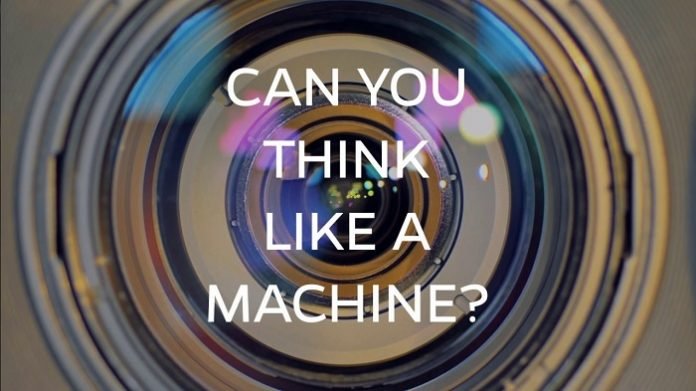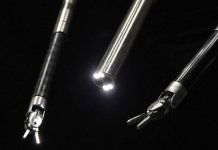
In a new study, researchers found humans can think like computers.
The finding suggests that computers may not be as different from humans as we think.
It also shows that artificial intelligence (AI) could narrow the gap between the visual abilities of people and machines.
The study was done by Johns Hopkins University researchers.
It is common to think that computers need to think like people. But the opposite is also important: whether people can think like computers.
Previous research has shown that AI could do better in math or remembering large quantities of information, but they cannot recognize everyday objects as accurately as humans.
This thing has been changed by “neural networks” that mimic the brain to identify daily objects.
With the technique, many applications are possible, such as self-driving cars and facial recognition systems.
One challenge for this “neural networks” technology is that it cannot see some images correctly. These images are called adversarial or fooling images and can be used by hackers.
In the current study, the team tested how people and computers could think differently and may help solve the problem.
They showed 1800 people dozens of fooling images that had already tricked computers and gave people the same kinds of labeling options that the machine had.
Then they asked people which of two options the computer decided the object was and found people chose the same answer as computers 75% of the time.
After that, they found people validated the computer’s choices and most of them agreed with the machine’s first choice.
The finding suggests that the neural network model has a critical flaw but the flaw might not be as bad as people thought.
The senior author of the study is Chaz Firestone, an assistant professor in Johns Hopkins’ Department of Psychological and Brain Sciences.
The research is published in the journal Nature Communications.
Copyright © 2019 Knowridge Science Report. All rights reserved.



